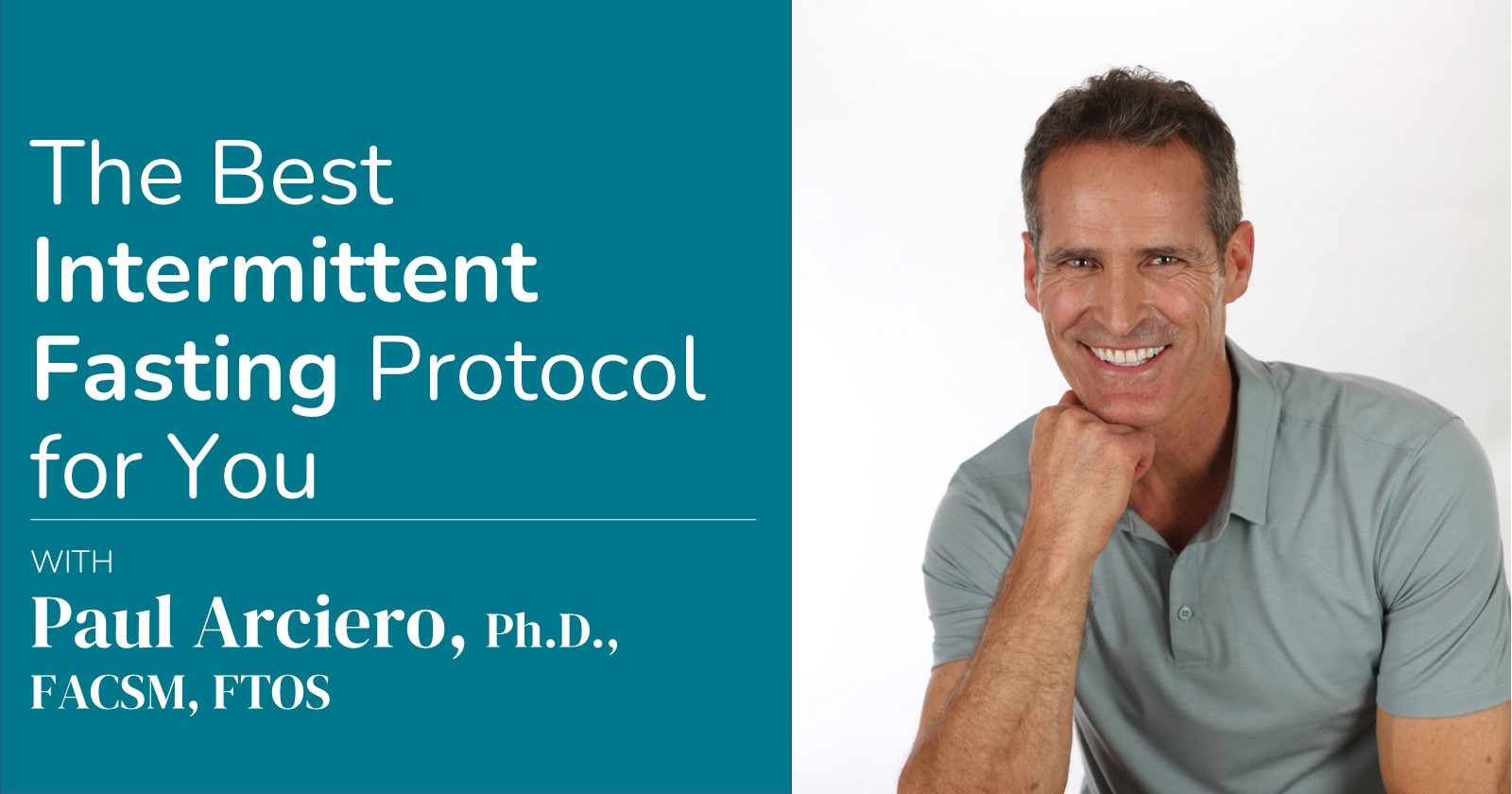The most oft-asked questions that nutrition researcher Paul Arciero, Ph.D., gets about eating for weight loss, better health, and athletic performance are usually about “what” and “when” to eat. His answer in every case?
Try protein pacing.
As a professor of health and exercise sciences and director of the Human Nutrition and Metabolism laboratory at Skidmore College, Dr. Arciero has been a key figure in research on protein pacing. He was also the lead researcher in a series of recent studies, including those that involved Isagenix products, investigating protein pacing for losing weight, cardiovascular health, and athletic performance (1-5).
“Protein pacing,” Dr. Arciero defines, “is the scientifically proven combination of eating healthy, lean, protein foods at the right time of day to maximize health and performance.”
Here are the basics on how to make it work for you:
- Consume >1.4 grams of protein per kilogram daily. Note that a recent study showed that athletes who consumed 2 grams of protein per kilogram daily, mainly from Isagenix protein-rich shakes and bars, showed significantly greater improvements to athletic performance compared to those who consumed 1 gram of protein per kilogram daily.
- Spread protein over four to six meals per day.
- Consume about 20-30 grams of protein, or 25-35 percent of your total protein intake, per each meal.
Protein pacing is more easily achieved with Isagenix products, including IsaLean® PRO Shake, IsaPro®, IsaLean Shake, and IsaLean Bars.
By consuming protein throughout the day, you can maximize muscle maintenance during weight loss and muscle building when combined with exercise. Even more intriguing to those seeking fat loss, recent research suggests that protein pacing could enhance energy expenditure and improves body composition regardless of dieting (4).
Science translation: You can build muscle and burn fat without severely restricting calories.
Protein intake alone can stimulate a greater thermogenic response compared to carbohydrate and fat, meaning it requires more energy to process (5, 6). Protein can also increase satiation (7).
Quality protein from whey in Isagenix products made up a larger part of the total protein intake in Dr. Arciero’s recent studies (1-3). In addition to frequent feedings, protein quality is important since dietary proteins that contain a full complement of essential amino acids (and higher concentration of the branched-chain amino acid, leucine) to maximally stimulate muscle protein synthesis (8).
When subjects ate a diet higher in protein, specifically from whey protein, and paced their protein intake, they lost more body weight, more body fat, more abdominal fat, and they maintained their lean body mass (3). Importantly, these beneficial improvements were achieved even though total calories consumed were identical to a normal eating pattern, Dr. Arciero explained.
References
- Arciero PJ, Miller VJ & Ward E. Performance Enhancing Diets and the PRISE Protocol to Optimize Athletic Performance. J Nutr Metab. 2015; 2015:715859.
- Arciero PJ, Ormsbee MJ, Gentile CL, Nindl BC, Brestoff JR & Ruby M. Increased protein intake and meal frequency reduces abdominal fat during energy balance and energy deficit. Obesity. 2013 Jul; 21(7):1357-66.
- Arciero PJ, Gentile CL, Martin-Pressman R, Ormsbee MJ, Everett M, Zwicky L & Steele CA. Increased dietary protein and combined high intensity aerobic and resistance exercise improves body fat distribution and cardiovascular risk factors. Int J Sport Nutr Exerc Metab. 2006 Aug; 16(4):373-92.
- Arciero PJ, Ives SJ, Norton C, Escudero D, Minicucci O, O’Brien G, Paul M, Ormsbee MJ, Miller V, Sheridan C, He F. Protein-pacing and multi-component exercise training improved physical performance outcomes in exercise-trained women: PRISE 3 study. Nutrients2016, 8(6), 332; doi:3390/nu8060332
- Ives SJ, Norton C, Miller V, Minicucci O, Robinson J, O’Brien G, Escudero D, Paul M, Sheridan C, Curran K, Rose K, Robinson N, He F & Arciero PJ. Multi-modal exercise training and protein-pacing enhances physical performance adaptations independent of growth hormone and BDNF but may be dependent on IGF-1 in exercise-trained men. Growth Horm IGF Res. 2016 Oct 24. doi: 1016/j.ghir.2016.10.002
- Krieger JW, Sitren HS, Daniels MJ & Langkamp-Henken B. Effects of variation in protein and carbohydrate intake on body mass and composition during energy restriction: a meta-regression. Am J Clin Nutr. 2006 Feb; 83(2):260-74.
- Crovetti R, Porrini M, Santangelo A & Testolin G. The influence of thermic effect of food on satiety. Eur J Clin Nutr. 1998 Jul; 52(7):482-8.
- Phillips SM. A brief review of critical processes in exercise-induced muscular hypertrophy. Sports Med. 2014 May; 44 Suppl 1:S71-7.





